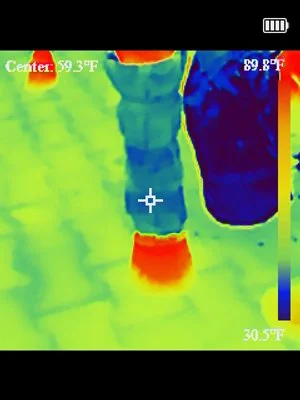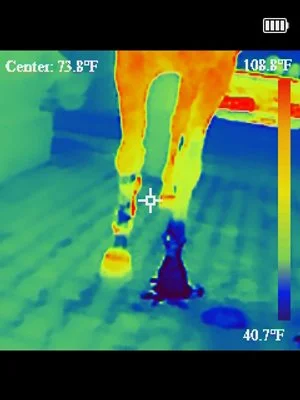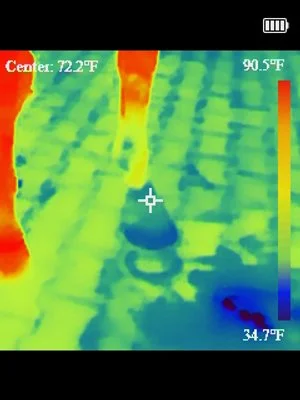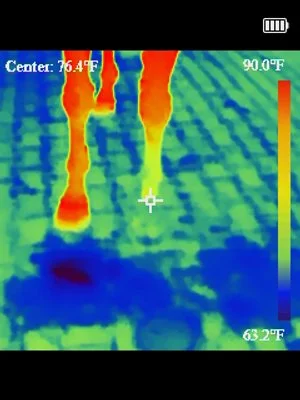July 2025
Field Test in Lexington: Omnikül vs. Traditional Ice Wraps
Rubi
In July 2025, the Omnikül team traveled to Lexington, Kentucky — the heart of horse country — to meet with our partners and put our equine cooling technology to the test.
Our test subject was Rubi, a stallion with the patience and poise every researcher hopes for. Over two trials, we compared Omnikül gel ice against two of the most common cooling methods used in horse recovery and inflammation treatment: generic ice wraps and ice slurries.
Test One: Ice Wrap vs. Omnikül Gel Ice
Right leg: wrapped with a standard ice wrap.
Left leg: submerged in Omnikül gel ice.
Treatment time: 15 minutes each.
Using a thermal imaging camera, we measured cooling effectiveness immediately after treatment. The difference was striking:
Omnikül gel ice cooled Rubi’s leg significantly faster and deeper.
The Omnikül-treated leg stayed cooler for an extra 40 minutes, long after the wrap had lost its effect.
Test Two: Ice Slurry vs. Omnikül Gel Ice
Next, we compared Omnikül to an ice slurry (a mix of crushed ice and cold water). While slurry baths are often used in barns, they’re messy, inconsistent, and warm up quickly.
Here’s what we found:
Omnikül gel ice held its temperature for twice as long as the slurry.
Post-treatment, the leg cooled by Omnikül stayed cooler for 2x longer than the slurry-treated leg.
Why This Matters for Equine Therapy
For horses in training, racing, or post-injury recovery, consistent cooling is critical. Inflammation and heat buildup can slow down healing and impact performance. Traditional ice wraps and slurries lose effectiveness quickly — while Omnikül’s gel ice technology delivers deeper, longer-lasting relief with less hassle.
The Takeaway
From Lexington to every stable, Omnikül is proving to be more than just an alternative — it’s the future of equine ice therapy. With longer cooling times, better recovery support, and less mess, our gel ice is redefining how trainers, owners, and veterinarians care for their horses.







